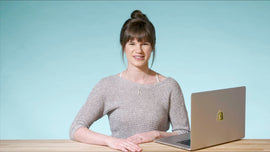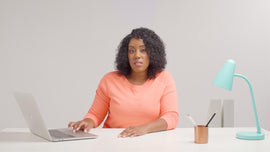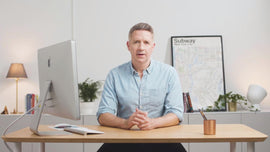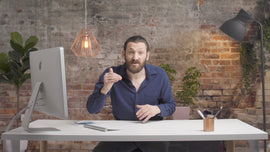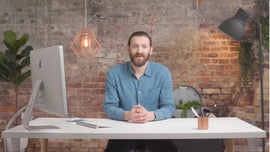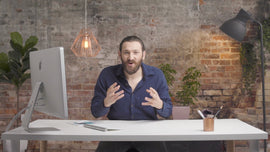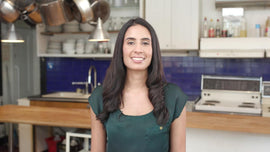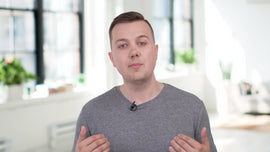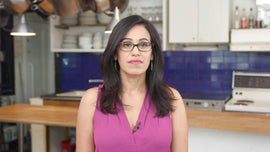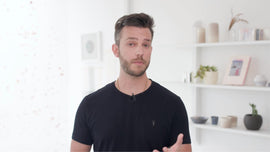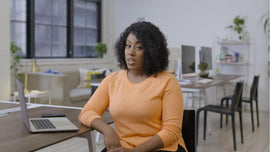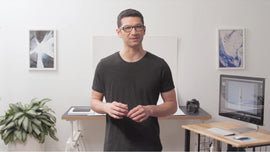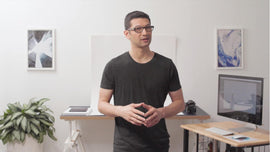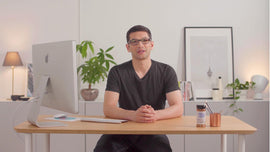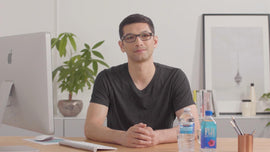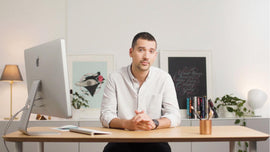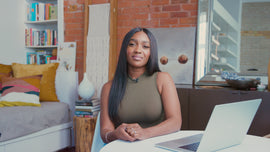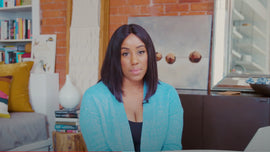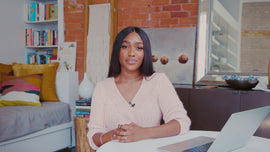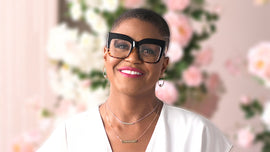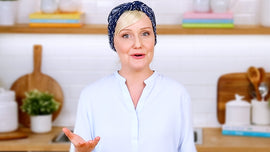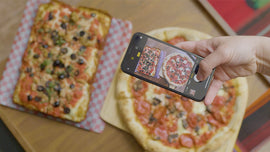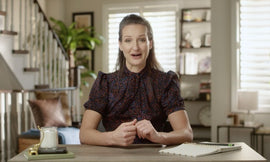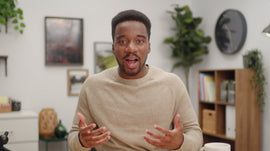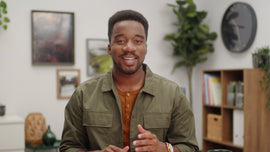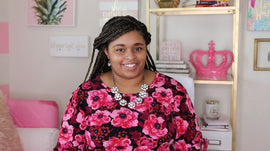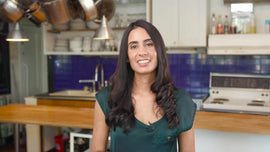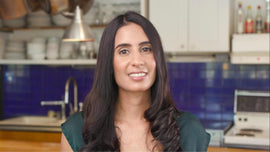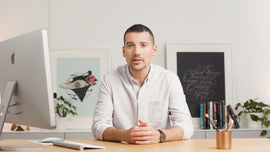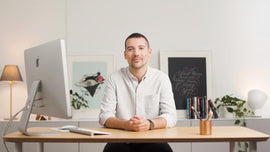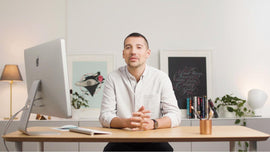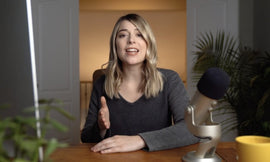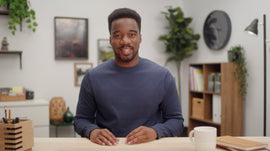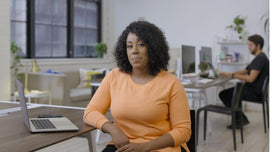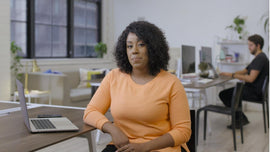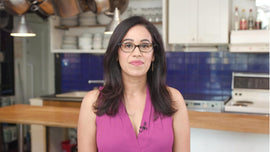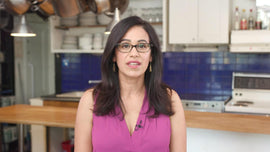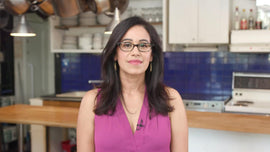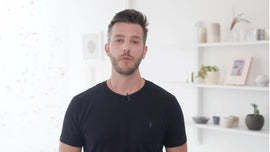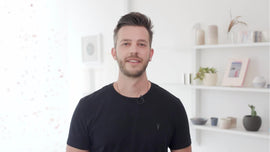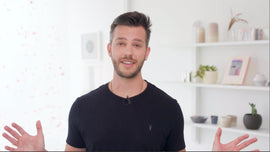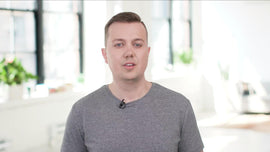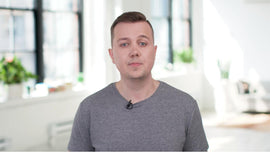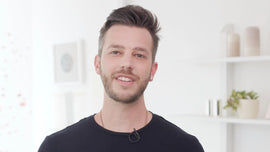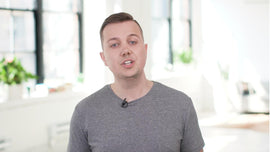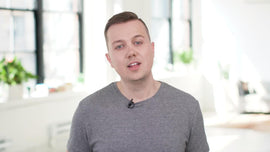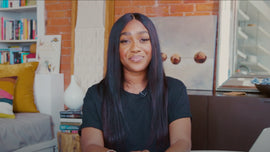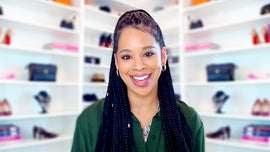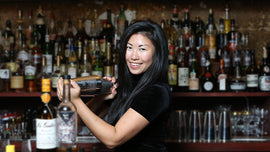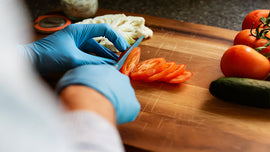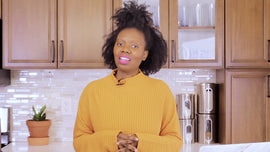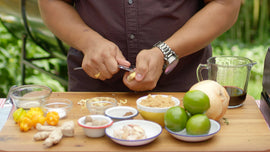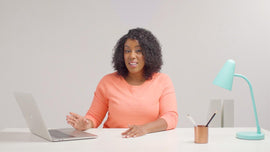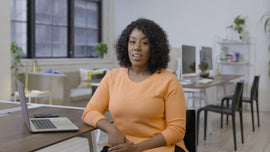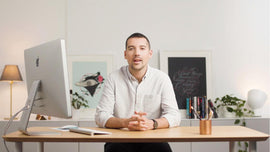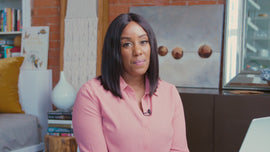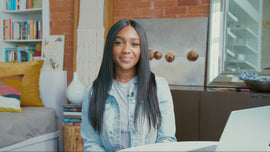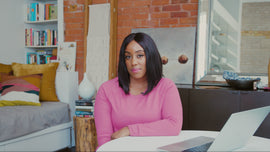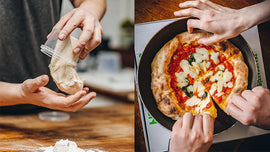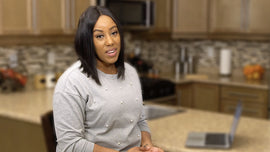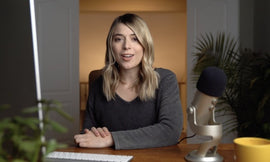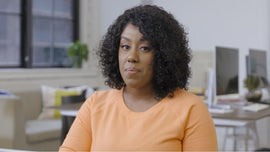-
I like to start by focusing on lighting, and as a beginner, you really want to focus on using natural light, which means, just light from a window. Why window lighting? Well, because it's free, it's really easy to work with, and it's beautiful. People usually ask if they should go out and buy these fancy light tents or special artificial lighting like flashes. And the answer is a hard no. Gadgets like light tents result in similar, if not worse, results than using this free method that I'm about to show you.
-
Using a multi-light setup with flash can be extremely challenging. When I was a teacher, we wouldn't even touch flash until the end of the first year. It's an advanced concept. Also, if you're spending this kind of money, you may just want to hire a professional, and you may actually spend less money and get better results. Now, let's get to our table top and get shooting. So, welcome to our set.
-
Let's go through every element and all those little pieces that we need to make this set happen. On the left hand side of our set, we have a window. The window light is coming in and coming across our set here. You can tell that we also have a board. So, I got this board at an art store. But you can also find these kind of boards at a dollar store and you can usually get a set of ten for like about ten bucks.
-
We also have these cards, and so these cards are going to help us with our lighting. And you can tell this is just a white piece of foam core that I also got at the dollar store and I cut it into a board and just kind of taped it together so it stands up on its own. We also have these little blackboards here and these little blackboards, you can probably get at the dollar store as well, although these ones are old portrait frames from when I was shooting portraits.
-
And they actually are going to subtract light from our product and create some extra shadows. So just kind of use what you got around here. This is obviously not that fancy, if you have some printer paper or something like that, you could use that. Really, we're just looking for anything that's white to bounce stuff in, anything that's black to subtract light. We also have our camera. So we have a camera here, this is just a smartphone, and you can tell that the smartphone is on this little rig here, holding it up and you don't really need this rig, you can actually take some photos handholding it, but it's going to help us in a lot of ways.
-
First, it's going to help maintain this level of position here. So as we're switching products in and out, it's going to maintain that same height, so it's consistent across our product page on our Shopify website. Right. But if we're handholding it, it might be higher, it might be lower, and that might add some inconsistency. So, this is going to help us a lot. And this was a tripod, so you don't really need to buy a tripod. But again it's going to be helpful.
-
And you can actually find a really affordable one online for like 20 to 30 dollars and use that. It's not going to be the top of the line but it might get you through. But first I want to encourage you to just kind of take a photo with the equipment that you have around you and really just kind of see what happens. Don't buy anything just yet. If you have a camera with a cell phone just go ahead handhold it just to get a couple off and see how it looks. Let's end by just talking about some lighting tips.
-
So, the number one lighting tip that I have for you is to turn off all the overhead lights. So, the window light is a different color of light than your typical overhead light. And if the two colors are mixing together, it's going to make your photos look really bad. So make sure to turn off all the other lights in your office or home and just use the window light.


